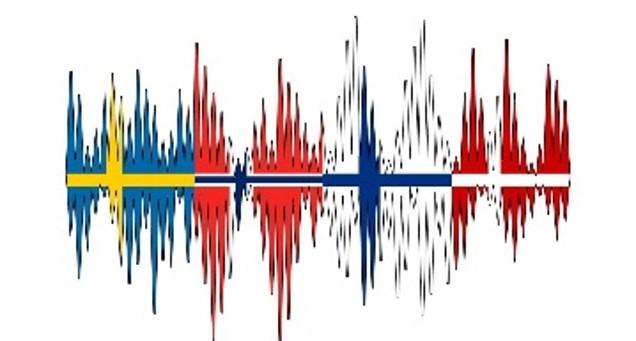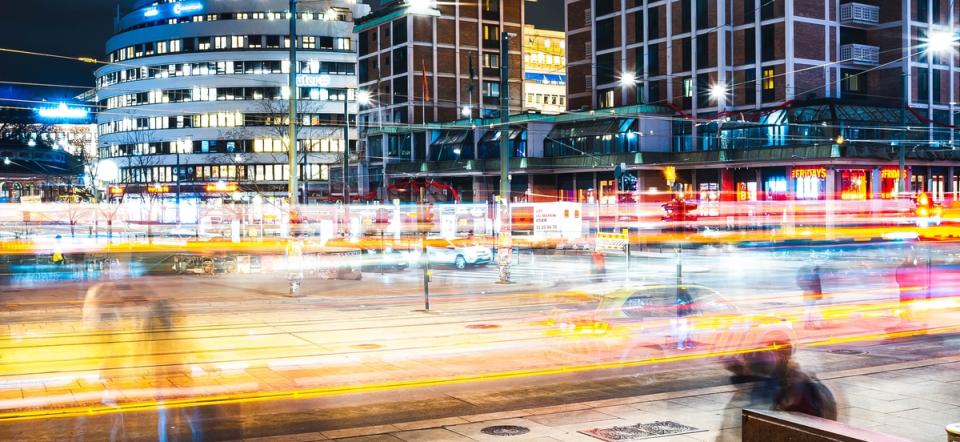Do you live in a big city, close to heavy traffic, do you often hear planes landing and taking off, or do you live near railway tracks where trains keep passing by?
New Nordic research shows that exposure to a lot of noise in day-to-day life increases the risk of developing cardiovascular diseases. The researchers behind the project NordSOUND, financed by NordForsk, have written a new report on the way that transport noise affects people’s health in the largest Nordic cities.
Mette Sørensen from the Danish Cancer Society is leading the project, which boasts researchers from Norway, Sweden, Finland and Denmark. She points out that noise has become a problem that can have major consequences for both the individual and society:
“We know from our research results that there’s a correlation between noise and cardiovascular diseases, so an increased focus on implementing extra measures to lower the noise levels will enable us to reduce the number of cases of people with cardiovascular diseases. Although it’s still too early to make any concrete claims, there may also be a connection between traffic noise and the development of other diseases such as dementia, diabetes and breast cancer.”

Noise increases stress levels
The reason why noise affects our health is due to the way our body reacts to noise. According to Mette Sørensen, noise does two things to people - it raises our stress and disturbs our sleep. “When we’re exposed to noise, the body activates a stress response, with the release of stress hormones and an increase in heart rate. It’s the so-called ‘flight or fight response’ that gets activated, when the body gets ready to either run fast or fight. Although this kind of response from the body ensures our survival, if we’re constantly on alert, it can increase our risk of cardiovascular diseases,” explains Mette Sørensen and adds:
“Stress is a risk factor in the development of cardiovascular diseases. Noise can also affect our sleep patterns. In spite of what you might think, the body never gets used to noise completely and it can disrupt our sleep, so we spend less time in deep sleep, which is when the body recovers. Consequently, this presumably increases the risk of disease, regardless of whether you feel bothered by noise.”
Nordic data strengthens generalisability
The researchers from NordSOUND have used Nordic data to compare the noise levels in the largest Nordic cities. According to Mette Sørensen, there’s a considerable advantage in researching this at the Nordic level:
“The main advantage is the fantastic Nordic registers through which we can find out who’s falling ill and where they live. Based on traffic data, it’s possible for us to calculate the noise people are exposed to at home. In this project, all the Nordic countries have used the same high-quality model to calculate the noise levels, which provides excellent comparability between the countries. The Nordic countries make better estimates of noise than most other European countries.”
All EU countries are required to report noise levels for the largest cities every five years. The figures are included as part of the European Environmental Noise Directives (END), and here you can see the latest calculations for Finland, Sweden and Denmark. In the EU, noise is calculated from 55 decibels and higher, while NordSOUND’s project goes down as far as 40 decibels.

What can the Nordic countries do?
What do the Nordic countries have to do to lower noise levels in the big cities? As Mette explains, there are several possible solutions available. “One initiative is to lay a type of asphalt on roads that dampens traffic noise by up to five decibels. The Nordic countries have already laid this type of asphalt in several places.”
Another initiative is to erect noise screens along major routes, which has been used in several places along motorways in the Nordic countries.
A third solution is to lower the speed limits of roads, because the friction between tires and asphalt produces noise, which increases the faster the vehicle is going. In Germany, heavy traffic in the cities at night has been reduced by lowering the speed limit.
“One thing that people can do themselves is to choose the right windows for their homes, which can reduce noise from outside considerably. But most of the measures that are really effective require politicians to do something about it. One measure won’t be enough to reduce traffic noise in most homes. Instead, a combination of several measures is needed in order to lower noise to below the limit value,” concludes Mette Sørensen.

